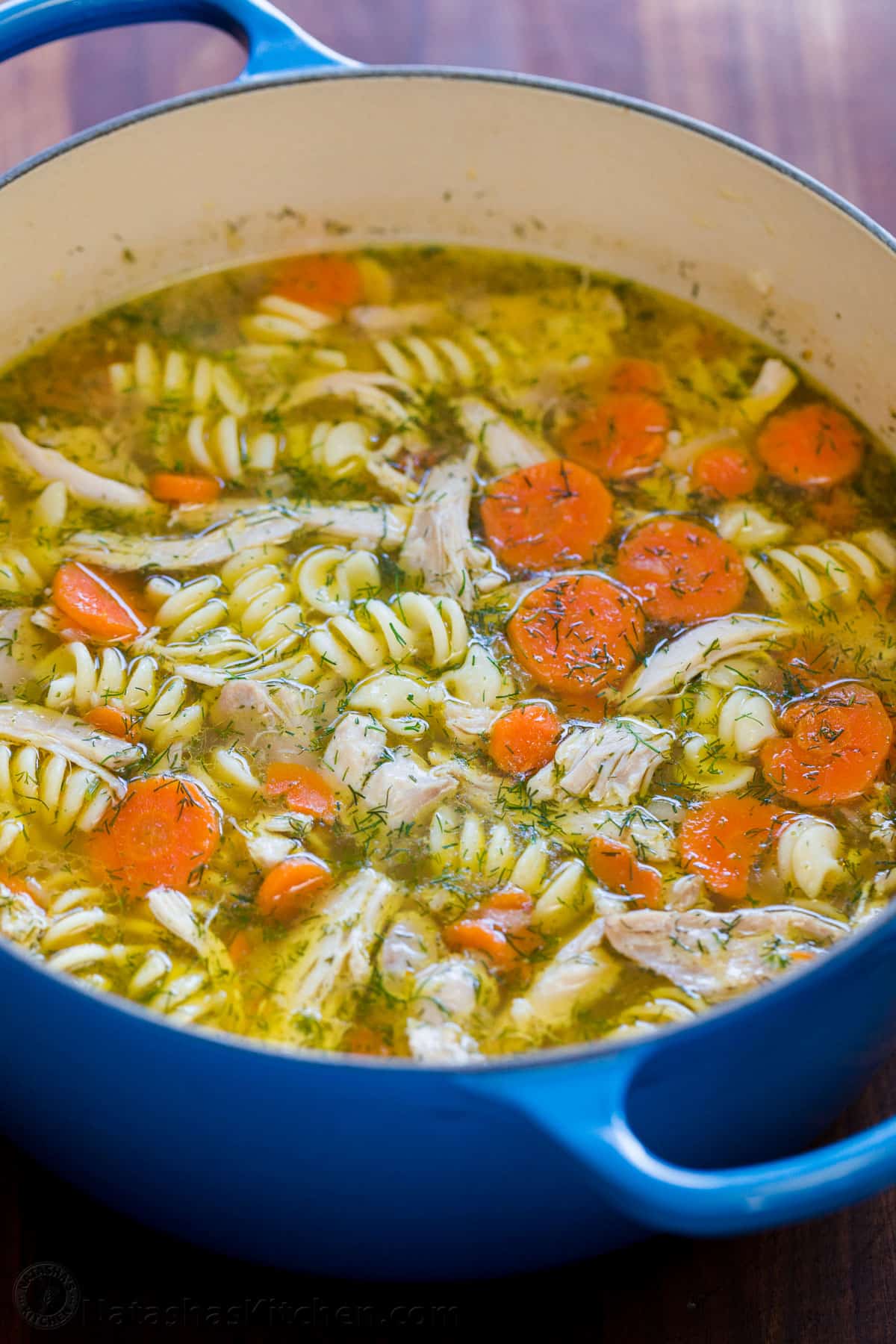A Helpful Guide for Parents: Selecting and Using Pasta in Soup for Your Family
Hello amazing parents! Looking forward to adding a touch of magic to your next family meal? We’ve got you covered! This guide will help you explore the world of pastas in soup – A surefire way to warm hearts and bellies on those cozy nights.
Selecting the Perfect Pasta for Soup
The Basics
Did you know pasta for soup comes in many more shapes and sizes than the usual spaghetti or penne you might be used to? With such a wide variety, picking the perfect pasta makes a fun and exciting mission. Let’s dive in!
Considering your Soup’s Consistency
Before choosing your pasta, you’ll want to take your soup’s thickness into account. For chunkier soups, stick to smaller pasta shapes like ditalini or orzo. For thinner soups, something larger like farfalle or shells may be a nice contrast.
Pasta Size and Cooking Time
Be mindful of your pasta’s cooking time. It’s vital to consider when you’re adding your pasta so it isn’t overcooked and mushy. Generally, delicate pastas like egg noodles are best added toward the end, while sturdy pasta like rotini can withstand longer cooking times.
Using Pasta in Soup
Pre-Cooking Pasta
Have you thought about whether to cook your pasta separately or in the soup? Pre-cooking your pasta can prevent it from soaking up too much broth, but it does take away the starchiness that helps thicken and contribute to the overall flavor of your soup.
Adding the Pasta
Now, to add extra delight, add your pasta directly to the pot! Whether you’re sprinkling in some tiny acini de pepe or stirring in some hearty tortellini, this simple step should bring smiles all around the dinner table.
In this guide to cooking pastas in soup, the possibilities are numerous. The magic ingredient, though, is always your love. Enjoy soup-er fun, soup-er delicious meals with your family!
Types of Pasta for Soup
In the upcoming segment, we’ll be picking our way through the pasta rack, discussing the best types of pasta to use in your soups. Can’t wait to see you there!

Orzo
Orzo, with its rice-like shape, makes a fabulous addition to nearly any type of soup. It’s particularly popular in minestrone and chicken soup!
Tortellini
For a truly hearty soup, add some tortellini! These little pasta pockets can be stuffed with cheese, meat, or spinach. Tip: try it in a tomato-based soup for a classic Italian treat.
Ditalini
Charming ditalini pasta is tiny and tubular. It loves soaking up broth and sharing its flavor with chunky soups like pasta e fagioli (pasta and beans).
Egg Noodles
Classic egg noodles are a must for chicken noodle soup. Thin, delicate, and quick-cooking — these noodles are superb for both comfort and convenience.
Farfalle
Farfalle, or bow-tie pasta, is ideal for creamy or vegetable soups, due to its larger size.
No matter which pasta you choose, they’re all bound to help you create some truly memorable meals. So, start experimenting and discover your family’s favorite pasta soup combo!
Conclusion:
Choosing and using pasta in soup doesn’t have to be complicated! Remember, the secret ingredients are the love and joy you bring to your cooking. Whether it’s chilly outside or you’re just looking for a comforting meal, a well-prepared pasta soup can be your go-to recipe for a soothing, delightful meal time with the family. So, gather your apron, your favorite kitchen utensils, and your creativity! Enjoy turning simple pasta and soup into a family culinary adventure. Happy cooking!
Guide to Preparing Pasta for Soup: 5 Essential Tips for Parents
1. Choose the Right Pasta
The kind of pasta you use in your soup can dramatically alter its texture and overall taste. Smaller pasta shapes like macaroni, orzo, tortellini, and ditalini are excellent picks as they are easy for little mouths to manage and add a delightful bite to any soup.
2. Know When to Add the Pasta
Timing is crucial when adding pasta to your soup. Add your pasta too early, and it can turn mushy; too late, and it might remain undercooked. Generally, pasta should be added to the soup around 10-15 minutes before the soup is finished cooking.
3. Cook Pasta Separately
To avoid the risk of overcooking, some parents prefer to cook the pasta separately and then add it to the serving bowl before spooning over the hot soup. This method also prevents the pasta from soaking up too much soup broth, keeping your soup from becoming excessively thick.
4. Go Whole Wheat for Healthier Option
While regular pasta is perfectly fine to use in soup, parents seeking a healthier option might choose whole wheat pasta instead, which is higher in fiber and nutrients.
5. Storing Pasta Soup
If you plan on saving your pasta soup for future meals, it may be a good idea to store the pasta and soup separately. That way, the pasta keeps its texture and the soup its consistency. When you’re ready to serve again, simply combine and reheat for a delicious meal.
Remember, making pasta soup is not just about throwing ingredients together—it’s about understanding how each ingredient contributes to the overall dish. Make your next soup adventure a successful one with these 5 essential parent tips.
For more great articles please see here. For more information see here
Disclaimer
The articles available via our website provide general information only and we strongly urge readers to exercise caution and conduct their own thorough research and fact-checking. The information presented should not be taken as absolute truth, and, to the maximum extent permitted by law, we will not be held liable for any inaccuracies or errors in the content. It is essential for individuals to independently verify and validate the information before making any decisions or taking any actions based on the articles.




